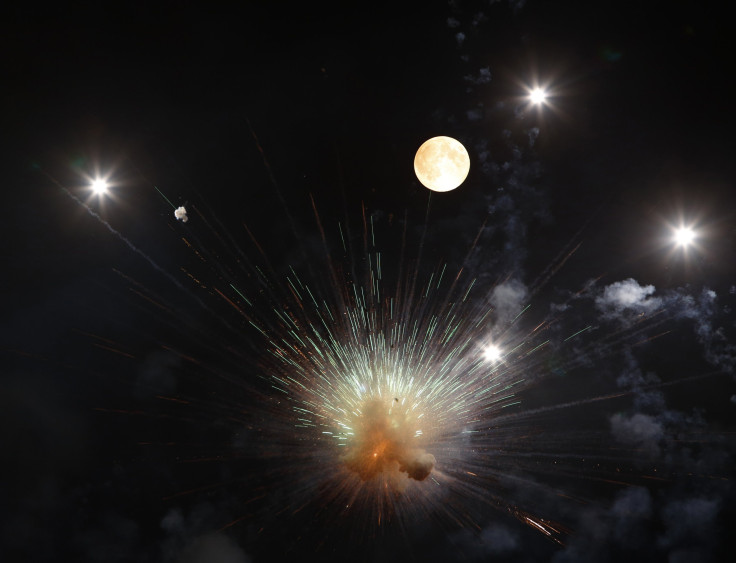The Final Supermoon, An Equinox And ISS Launches Highlight The Astronomical Events For September

After an exciting August that featured a "super" supermoon and the Perseid meteor shower, September may feel like a bit of a letdown for astronomy fans. But there are two standout events this month: the final supermoon of the summer and an autumnal or vernal equinox, depending on your hemisphere.
The final supermoon, completing the trio of supermoons that began in July, may not be the biggest of the bunch but will be the last one of 2014. August's supermoon occurred within the hour the moon reached perigee, the closest point to Earth in its elliptical orbit, while September's supermoon occurs on the same day as perigee.
Due to the close proximity to Earth, the full moon appears roughly 30 percent brighter and 14 percent larger than a regular full moon. September's supermoon takes place on Sept. 8 and stargazers won't need ideal viewing conditions or a telescope to enjoy. September's full moon will be a Harvest Moon as it occurs closest to the autumnal equinox, notes the Old Farmers Almanac.
The September Equinox takes place on Sept. 23 at 2:29 Universal Coordinated Time. You can find local times for the equinox here. The autumnal equinox for the Northern Hemisphere and the vernal equinox for the Southern Hemisphere mark the first day of fall and spring, respectively. An equinox occurs when the sun travels across the celestial equator. For the Northern Hemisphere, that means shorter days and longer nights, while the Southern Hemisphere will enjoy longer days and shorter nights.
Meanwhile, the International Space Station will be busy in September with two scheduled launches. The first launch, a cargo resupply mission from SpaceX, takes place on Sept. 19. On Sept. 25, Expedition 41 will launch and NASA astronaut Barry Wilmore and cosmonauts Elena Serova and Alexander Samokutyaev will launch to the ISS aboard the Soyuz 40 capsule from the Baikonur Cosmodrome in Kazakhstan.
© Copyright IBTimes 2025. All rights reserved.






















